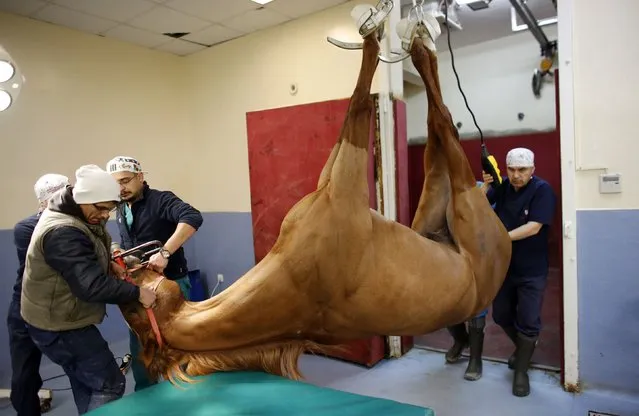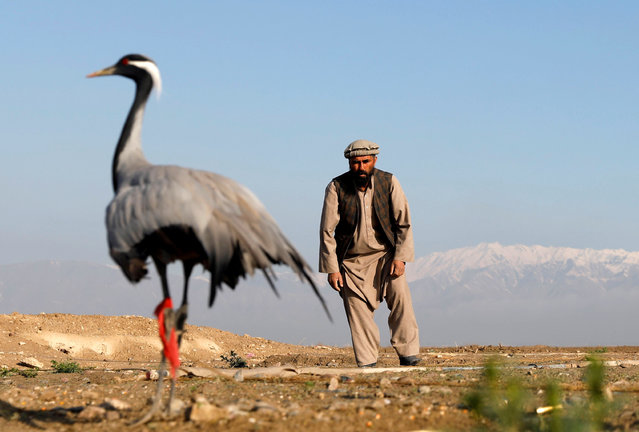
Residents with their empty containers crowd around a municipal tanker to fetch water in New Delhi, India, February 22, 2016. The Indian army has taken control of a canal that supplies three-fifths of Delhi's water, the state's chief minister said on Monday, raising hope that a water crisis in the metropolis of more than 20 million people can be averted. (Photo by Anindito Mukherjee/Reuters)
22 Feb 2016 10:08:00,post received
0 comments







